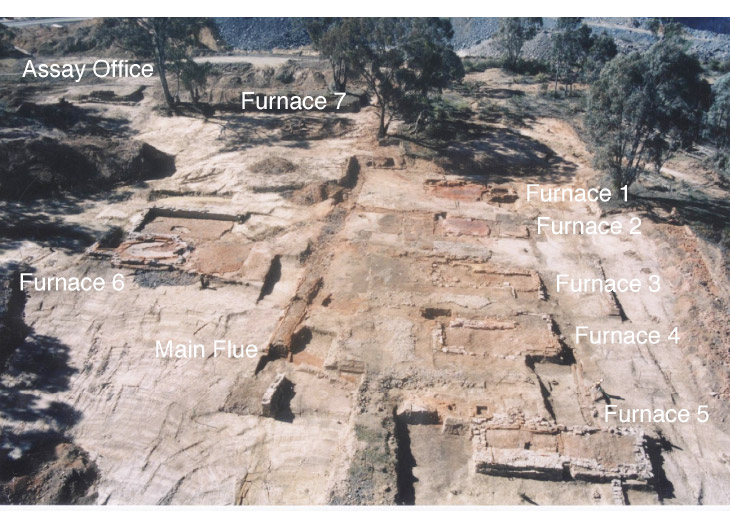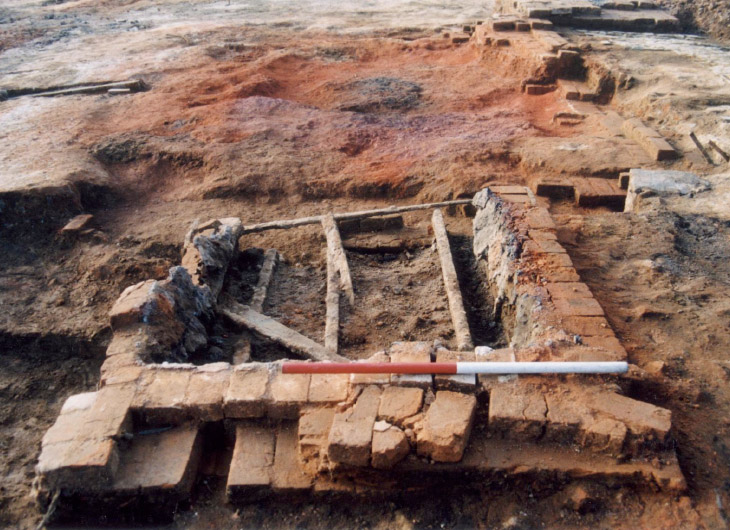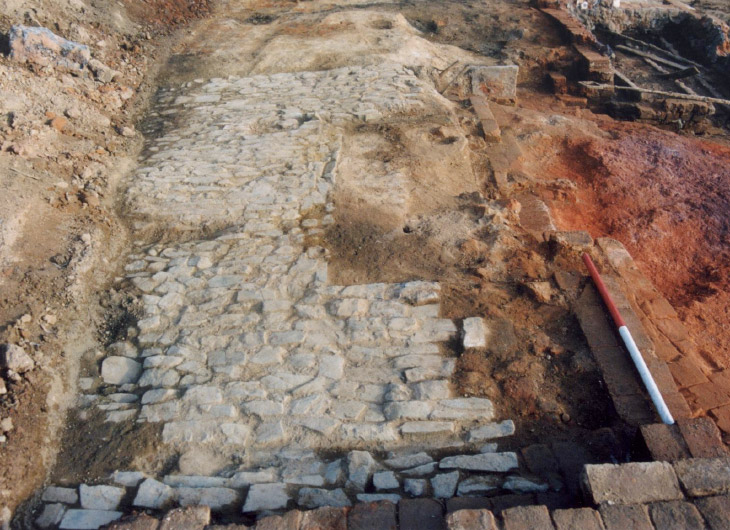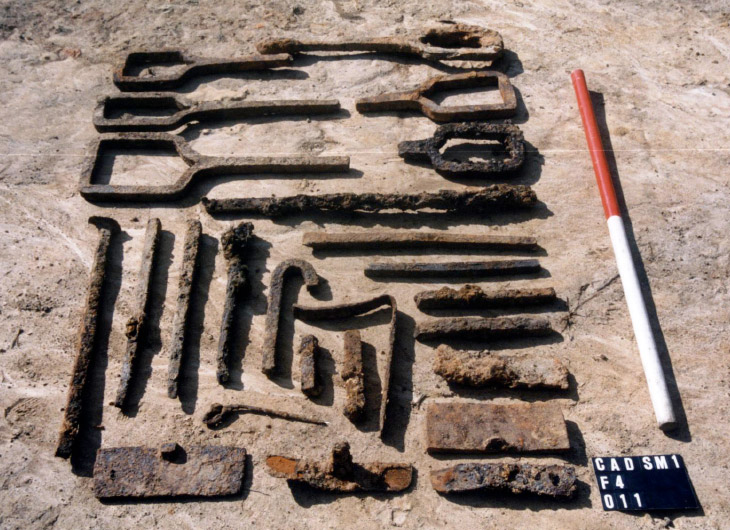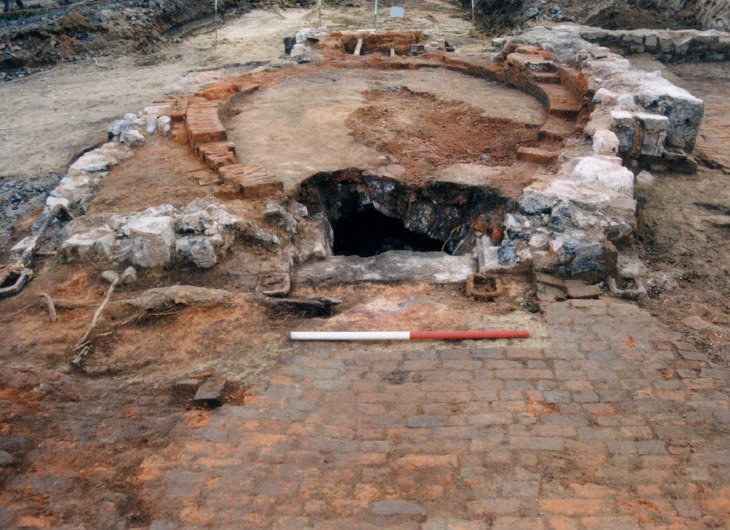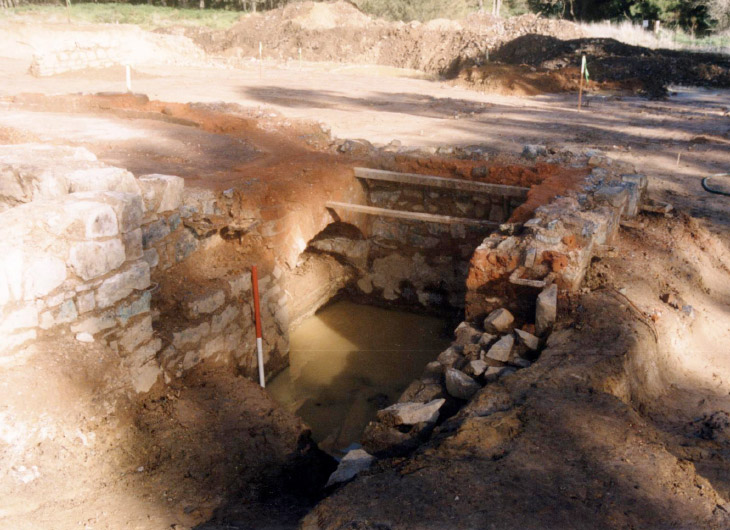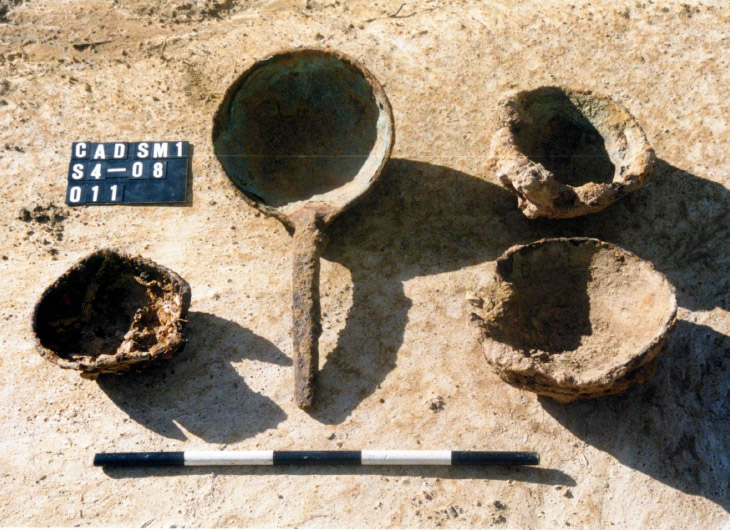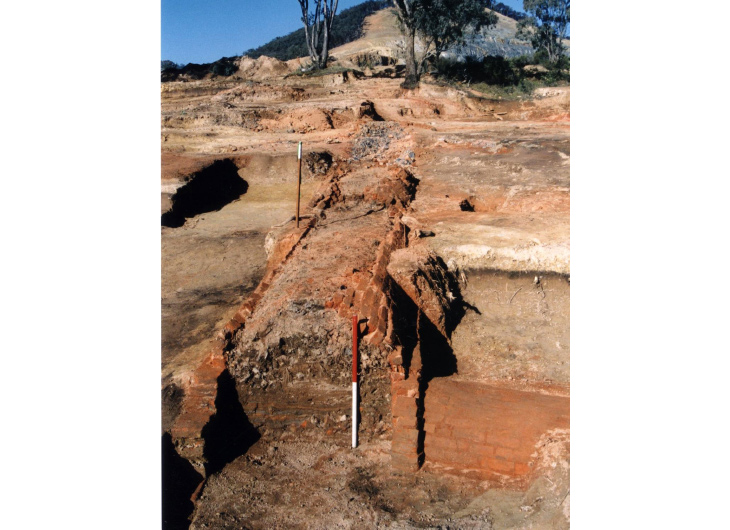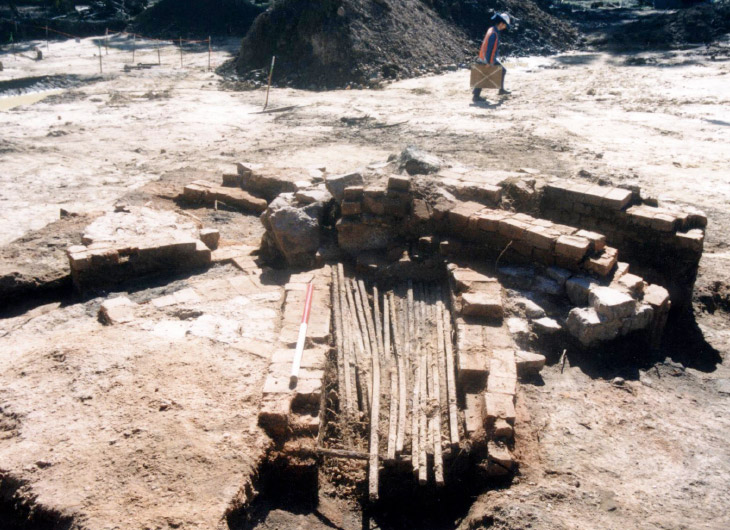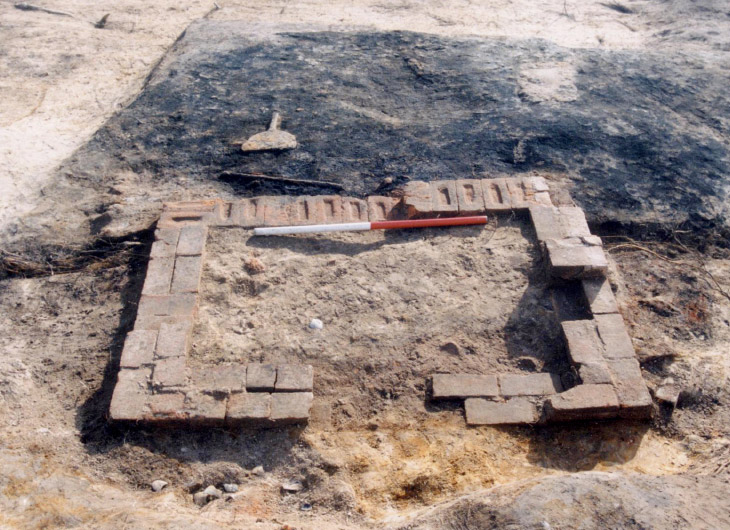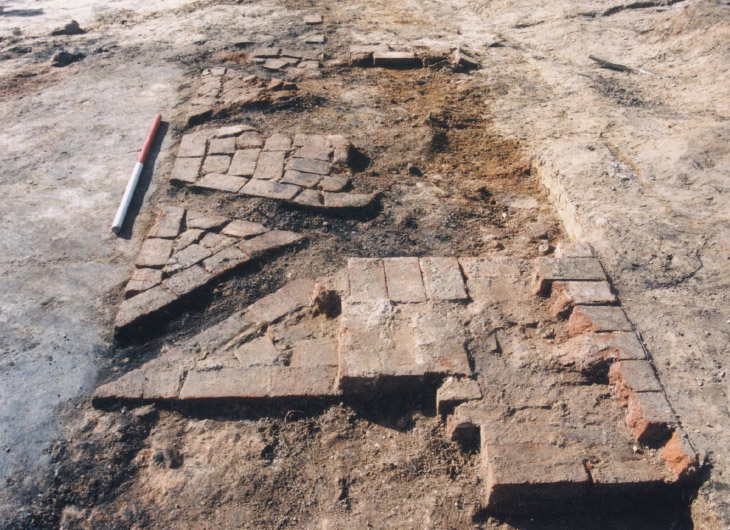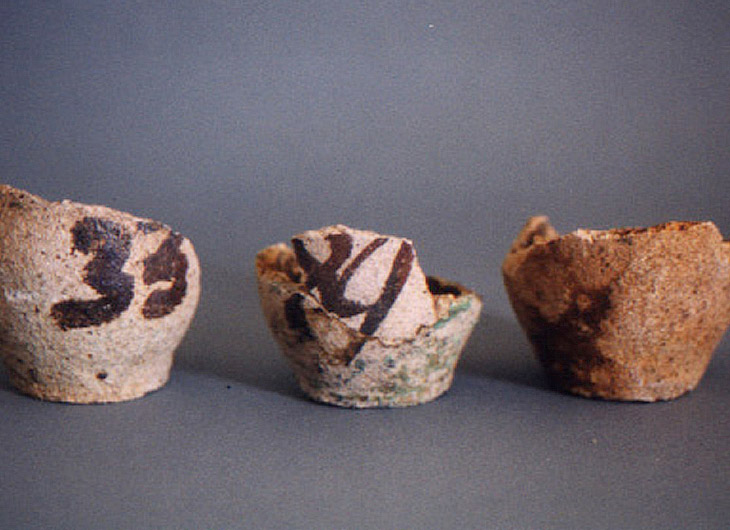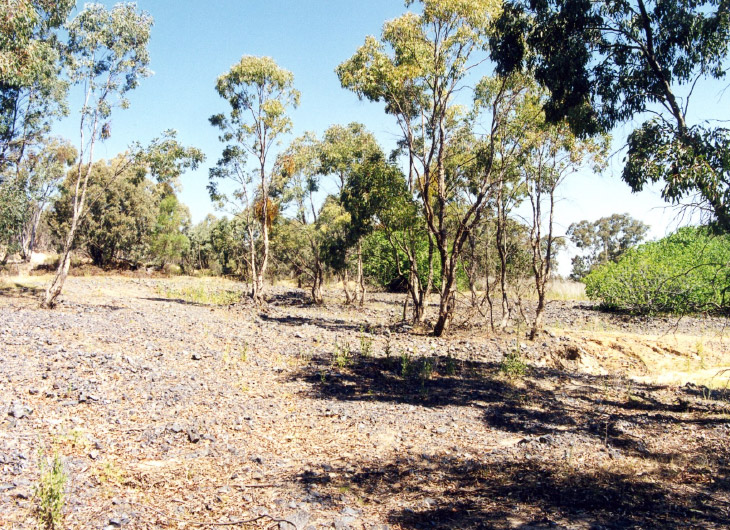Archaeological Sites
- Archaeological Sites
- Errowanbang – Pastoral Station.
- Little Cadia Copper Mine.
- Copper Smelter No. 1.
- Cadia Engine House and the West Cadia Mines (North Section & South Section).
- Cadia Engine House – Its Significance and Conservation.
- Cadia Village – archaeological investigations, 2002.
- Cadia Village – finding the buildings in the 1861 inventory.
- The Chaplain’s House or Underground Manager’s House (Site W001).
- Cadia Village – unexpected results from West Cadia Village.
- Cadia Village – the house that grew and grew.
- Cadia Village – Miners’ Huts.
- Cadia Village – The Bon Accord Hotel.
- Cadia Village – the Cadiangullong Store and the Old Village Centre.
- Artifacts, Assemblages and Life Paths.
- Cadia Cemetery, 1864-1927.
- Waringa Farm – the story of a Conditional Purchase.
- Tunbridge Wells – a history of farm amalgamation.
- Te Anau Homestead – the Holman connection with Cadia continues to 1956.
- Tynan’s Slaughterhouse – from farm to slaughterhouse.
- Wire Gully Gold Diggings and Farm.
Copper Smelter No. 1.
History.
The Scottish Australian Mining Company made the decision to invest the necessary capital in the construction of the copper smelting works in 1861. Both John Penrose Christoe and John Johns had given favourable assessments of the mine. Christoe had already constructed a smelting works nearby at the Carangara Mine, at Byng (Cornish Settlement) and was well qualified to do the same at Cadia.
The smelting works were completed in 1861 and 1862, with the 1861 Inventory revealing some of the materials, plant and equipment used in its construction. The smelters continued in operation until the closure of the mine in 1868, but were sporadically used right up to 1888-1891. Josiah Holman reconstructed one of the reverberatory furnaces in 1884.
Archaeology.
The site of Copper Smelter No. 1 lay on the east bank of Cadiangullong Creek at its junction with Hoares Creek, just south of Cadia Village. The area was covered in mullock and slag, giving little indication of any surviving structures beneath the ground. The poor condition of the site is illustrated by the survey completed in 2000 in advance of archaeological excavation.
When the site was opened up for archaeological investigation in July 2001, it was exciting to find the remains of a complete smelting hall, with seven furnaces, associated working floors, assay office, blacksmith’s shop and also a network of flues that had originally connected each furnace to a single large chimney stack, located uphill to create more draught.
The site of the smelting hall had been terraced into the hill slope. While it was cut into the ground at its eastern end, it was raised up on fill at its western end. The building was 40 metres (131 feet) long and varied slightly in width from 19 to 19.5 metres (62 to 64 feet). The superstructure was supported on rows of large timber posts, roofed with corrugated iron for fire safety reasons. In 1868, Josiah Holman gave the dimensions of the building as 125 feet long by 60 feet wide and provided many other details of the smelting works in his 1868 report.
Within the smelting hall were five reverberatory furnaces of the traditional Welsh type, each connected by subsidiary flue to the main arched brick flue for the chimney stack. The surviving dimensions of the furnaces reveal their use. Holman indicated that there were one roasting furnace, three smelting furnaces and one refining furnace in this shed. Since the larger furnaces tend to be for calcining and the smallest for refining, it is probable that Furnace 5 was used for roasting, Furnaces 2-4 for smelting and Furnace 1 for refining.
In a separate shed was another reverberatory furnace. The rectangular shed, again post-built and roofed in corrugated iron, measured 18 metres (59 feet) long by 7.5 metres (24 feet 6 inches) wide. Holman gave the dimensions as 60 by 50 feet, suggesting that the brick paved yard on the east side of the shed was also roofed over. The furnace was connected by flue to the main chimney stack.
Holman described a smaller shed, measuring 35 by 25 feet covering a calcining furnace. While no evidence of the building was found, except for the boundary wall of the smelting works, the excavation did reveal a very unusual six-sided conical furnace, with six separate fire grates. In this case there was no indication that the furnace was connected to the main chimney.
The process of refining the ores to produce copper at Cadia are described in a number of historical sources. It can be proven that the eight or nine stage process used in South Wales was reduced to a more efficient six stage process in Smelter No. 1 at Cadia in the 1860s. A single stage process was used in Smelter No. 2 at Cadia in 1905-1906.
Each of the Welsh style reverberatory furnaces was divided up into various parts, commencing with the firebox and ash pit, then the fire bridge, followed by the hearth or body of the furnace with arched roof and finally by the brick lined down-take, which extracted the fumes into the system of flues. At Cadia a box drain, mostly constructed of brick, but with sections in stone, ran the length of the smelting hall, ensuring that the bases of the ash pits were well drained. Only four of the six reverberatory furnaces had cooling vaults underneath, designed to ensure that the stone substructure could withstand the repetitive heating and cooling of the brick lined furnaces above.
The construction of the smelting works demonstrated the presence of skilled tradesmen, stonemasons and bricklayers, as exhibited in the quality of the surviving stone walls and in the construction of the brick furnaces and flues. Several areas of intricately laid stone cobbling indicate the time and labour put into construction, while other working floors were covered in brick paving.
Only one building at Cadia was constructed using slag as a walling material, although the technique was common enough in Cornwall or South Wales, especially around the smelting works. Holman clearly identifies this building as the Assay Office, measuring 29 by 18 feet, with two assay furnaces. These measurements were confirmed by excavation, but little survived of the two assay furnaces.
On the west end of the smelting hall, the excavation revealed the footings of the Smithy. Here the footings of the forge were located, as well as remains of assay furnaces, similar to those found at Little Cadia.
Only small numbers of artifacts were located other than the ironwork of the furnaces. These were mostly structural elements, but also included tools and equipment, such as paddles, rabbles, a hammer, gads or chisels and a wheelbarrow. One of the most important finds was a possible section of tramline with a flanged U shaped section, which could indicate the possible use of tramlines and trucks to transport the ore and matte around the smelting furnaces.
Other important finds included a number of Cornish crucible fragments from the Smithy, indicating that the assaying of copper ores did indeed take place in these buildings (Workshops 6-7). The dating of the artifacts suggests that the Smithy went out of use in the 1870s, the assay function taken over by the newer Assay Office, described above. The workshops were soon demolished and buried under slag.
